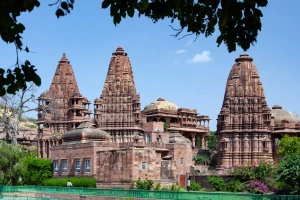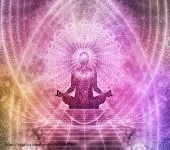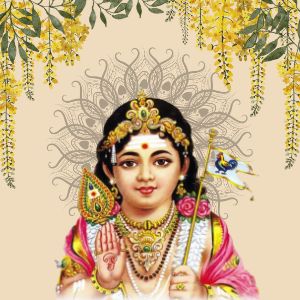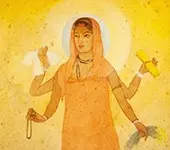Recommended for you
Putlur Amman Temple

Location, story behind the name Putlur, why Amman is called Poonkavanathamman, festivals, timings, address......
Click here to know more..Durga Sapta Shlokee- the most powerful and complete Durga meditation
 Click here to know more..
Click here to know more..
Subrahmanya Bhujanga Stotram

सदा बालरूपाऽपि विघ्नाद्रिहन्त्री महादन्तिवक्त्राऽपि �....
Click here to know more..
English Topics
Bharat Matha
Click on any topic to open
- 32 Geography in Mahabharata
- 31 Seven Ancient Kingdoms To The West Of Sindhu
- 30 Guru Ram Singh - A Hero Of Indian Freedom Movement
- 29 Bharata Varsha = Indian Peninsula + Eight Islands. Which Are They?
- 28 The Puranic Geography Of Bharata Varsha
- 27 Many Rishis Consider Indra And Varuna As Equals
- 26 Devasura Battle At Balkh
- 25 Vrishakapi The Asura Chief
- 24 The History of alcohol
- 23 Founding of the Asura religion
Please wait while the audio list loads..
30
Ganapathy
Shiva
Hanuman
Devi
Vishnu Sahasranama
Mahabharatam
Practical Wisdom
Yoga Vasishta
Vedas
Rituals
Rare Topics
Devi Mahatmyam
Glory of Venkatesha
Shani Mahatmya
Story of Sri Yantra
Rudram Explained
Atharva Sheersha
Sri Suktam
Kathopanishad
Ramayana
Mystique
Mantra Shastra
Bharat Matha
Bhagavatam
Astrology
Temples
Spiritual books
Purana Stories
Festivals
Sages and Saints
26
15
13
Copyright © 2024 | Vedadhara | All Rights Reserved. | Designed & Developed by Claps and Whistles
